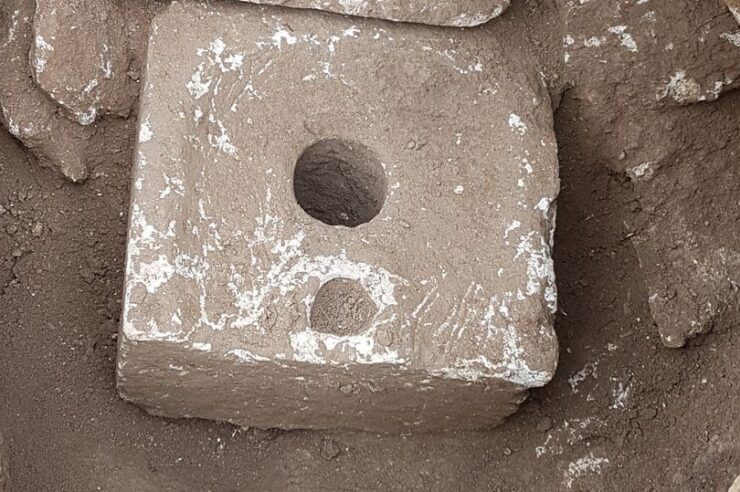According to faecal matter from a recently unearthed, 2,500 year old toilet that was studied by scientists, a “elite” household was infested with deadly parasite filled.
The Iron Age people were likely affected by one of the major issues of the time: dysentery. The good news is that the toilet included a seat and a cesspit, showing that cleanliness was essential to them.
Researchers who dig through old poop from beneath bogs have discovered the earliest known instance of the illness Giardia duodenalis. (Giardia duodenalis settles in the small intestine and causes diarrhoea, abdominal cramps, nausea, loss of appetite and weakness. It spends its life cycle in dirty water, food and the small intestine of vertebrates, causing intestinal infection.)
“Dysentery is spread by faeces contaminating drinking water or food, and we suspected it could have been a big problem in early cities of the ancient Near East due to over-crowding, heat and flies, and limited water available in the summer” Dr. Piers Mitchell explained. He is a lead author of the study and an honorary fellow at the University of Cambridge’s Department of Archaeology.
Apart from that, there was a separate gap for male urination on the limestone slab with the hole for excrement.
In 2019, researchers found an armchair in the Armon ha-Natziv neighbourhood in south Jerusalem and another armchair that may have belonged to an elite family in a seven room building known as the Ahiel House in Jerusalem’s Old City. It was previously reported that eggs of four types of intestinal parasite – tapeworms, pinworms, roundworms and whipworms – had been detected in the cesspit sediment.
The new study focuses on microorganisms that cause dysentery, which are more difficult to detect.
“While they did have toilets with cesspits across the region by the Iron Age, they were relatively rare and often only made for the elite. Towns were not planned and built with a sewerage network, flushing toilets had yet to be invented and the population had no understanding of existence of microorganisms and how they can be spread.” the study noted.
